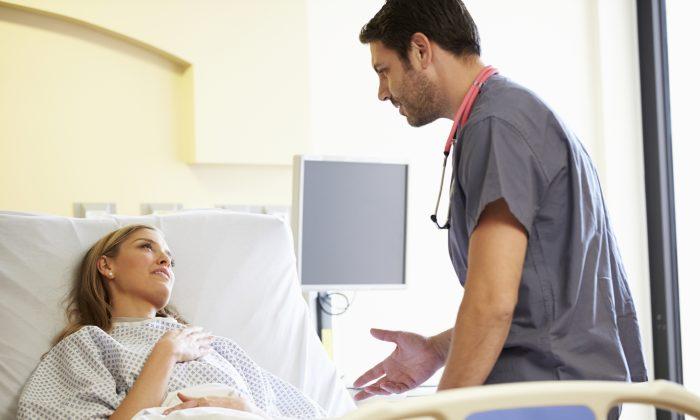An international study has found that about one in 10 patients, or 10 percent, of those who undergo general anaesthesia, were conscious of outside stimuli, shedding light on the medical phenomenon of ‘connected consciousness.’
‘Connected consciousness’ is a state of consciousness under general anaesthesia where the patient is aware of the outside environment and stimuli such as pain but may not be able to recall the event afterwards.
Patients can have no subjective experience at all (unconsciousness), be in a dream-like state without an awareness of the outside environment (disconnected consciousness) and a state where the patient is aware of the environment (connected consciousness).
Three hundred and thirty-eight patients aged from 18 to 40 were examined under general anaesthesia, and prior to surgery, researchers asked them to respond to commands physically by clenching their fists or extending their fingers.
Overall, one in 10 patients responded to commands after intubation but before surgery started, and nearly half of those who responded to commands also responded to confirm they had pain.
The higher prevalence of connected consciousness amongst the participants affirmed the association between age and consciousness under anaesthesia; interestingly, the team also observed that females were three times more likely to be conscious under anaesthesia compared to men.
This finding challenges previous speculations that dosage and anaesthetic agent induced conscious levels; as all participants were given similar dosages of anaesthetics, the difference between the two biological sexes could not be “adequately explained” by dosage itself.
After the surgery, participants were also presented with words mentioned in the commands to see if they had any memory of the experience.
Though researchers were reassured that no patients had any explicit memory of the commands, one participant did report being able to clearly recall the experience of surgery after the procedure ended.
The team also found the method of administering anaesthesia also affected consciousness in patients.
For surgical procedures, patients can be given a single dose to help them lose consciousness with an additional drug to stop them from moving. They can also be given a continuous dosage of anaesthetics prior to intubation.
The team observed that compared with a single dose at the beginning; a continued level of anaesthesia before insertion of the ventilation tube had lower instances of ‘connected consciousness’ in patients; this is also the standard practice for surgical procedures in Australia.
“Patients expect to be unconscious under anaesthesia and not be in pain, and this demonstrates why research into anaesthesia is so important,” said Sanders.
“There is an urgent need for further research on the biological differences, particularly sex, that may influence sensitivity to anaesthetic medication.”





